$54.97 Original price was: $54.97.$38.48Current price is: $38.48.
SKU: D2LSC 3168411223 Category: RARE PLANTS
- Safe Transactions, Always
- Effortless Shopping, Quality Products
- Safe Payments, the Smart Choice
- Easy, Fast Returns Guarantee

Siberian Spreading Cypress
Microbioata decussata
Other Names: Russian Arborvitae, Russian Dwarf Cypress
Plant Details
USDA Plant Hardiness Zones: 3a-7b Find Your Zone
Plant Type: Coniferous Evergreen Groundcover
Height at Maturity: 12-18″
Width at Maturity: up to 12′
Spacing: 4-6′ apart for mass plantings; 14′ apart for space between plants
Spacing: 4-6′ apart for mass plantings; 14′ apart for space between plants
Growth Habit / Form: Spreading Mound
Growth Rate: Moderate
Flower Color: None
Flower Size: NA
Flowering Period: NA
Flower Type: NA
Fragrant Flowers: No
Foliage Color: Dark Green
Fragrant Foliage: Yes
Berries/Cones: Yes, small
Berry Color: Golden yellow to Copper
Sun Needs: Full Sun or Mostly Sun, Morning Sun with Light Afternoon Shade, Morning Shade with Evening Sun
Water Needs: Average
Soil Type: Clay (Amend heavy clay soil to ensure good drainage), Loam, Sandy (Amend quick-draining soil to retain moisture, Silty
Soil Moisture / Drainage: Moist But Well Drained, does not like constantly wet soil or standing water
Soil pH: 6.0 – 8.0 (Acid to Alkaline)
Maintenance / Care: Very little to none
Attracts: Birds, Visual Attention
Resistances: Cold Temperatures (-40F / Zone 3a), Deer – more info, Disease, Erosion, Insect
Description
A very cool plant that looks like a cross between a juniper and a fern, the Siberian Spreading Cypress, also known as Russian Arborvitae, is a low and spreading coniferous evergreen that might reach 18 inches in height but with a spread up to 10 or 12 feet! This makes it a fine selection for beautifying and controlling erosion on embankments, slopes and hillsides. Also excellent as an accent or groundcover in landscape borders, home foundation plantings, and around garden ponds and boulders. Looks really nice under or around around Japanese maples and other small trees. The bright green to blue-green foliage is feathery, soft, and arranged in flat, fern-like sprays that gracefully arch at the tips. With the arrival of cooler temperatures in fall, the foliage transitions to bronze-purple or copper bronze to red. This one does best in cooler climates with lower humidity. In hot and humid climates it will prefer some filtered sun or shade in the heat of the afternoon. USDA Zone 3a-7b.
Microbiota decussata is endemic to the Sikhote-Alin mountains of far-eastern Russia where it grows above the timberline on bald peaks.
Landscape & Garden Uses
Growing in a spreading mound 12 to 18 inches tall and 10 to 12 feet wide, the Siberian Spreading Cypress is ideal for use as a groundcover or border in landscape borders and for erosion control on slopes, embankments and hillsides. It will arch over walls and is a great choice to plant under or around small trees such as Japanese maples. Looks really nice around the garden pond and boulders and is a nice accent in home foundation plantings. A fine addition to conifer gardens, Asian gardens and rock gardens.
Suggested Spacing: 4 to 6 feet apart for mass plantings; 14 feet or more apart for space between plants
How To Measure Total Square Feet Of A Planting Area
How Many Plants Needed To Cover A Planting Area?
Growing Preferences
The Siberian Spreading Cypress is easy to grow in moist but well-drained soil of average to low fertility and full sun to part shade (5 hours or more of sunlight per day). As with so many other ornamental plants, constantly soggy or wet soil can cause root rot and other harmful plant diseases. It prefers cooler and lower humidity climates in Zones 3a-7b. No pruning is required however responds well to it for size control.
Helpful Articles
Plant and care for as you would Junipers…
Planting Low Growing Juniper Plants
Fertilizing & Watering Juniper Plants
How To Prune Junipers & Other Conifers
How To Measure Square Feet of A Planting Area
Determining How Many Plants To Fill A Planting Area
Plant Long & Prosper!
Meet The Wilson Brothers & Staff
Questions? Contact Us
Be the first to review “Siberian Spreading Cypress (Microbiota Decussata) – 1 Gallon Pot” Cancel reply
Related products
Sale!
RARE PLANTS
Sale!
Sale!
Sale!
RARE PLANTS
Sale!
Sale!
RARE PLANTS
Sale!
RARE PLANTS
Sale!




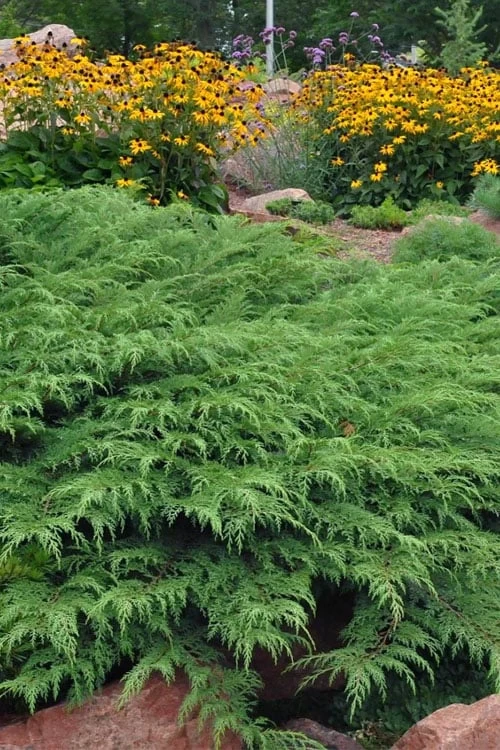
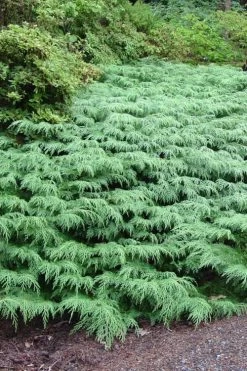
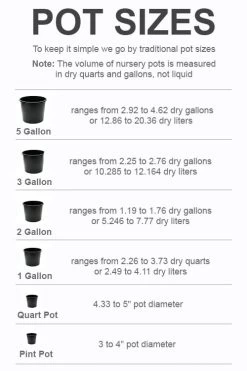

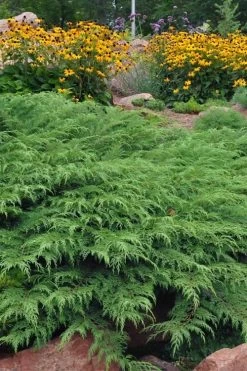

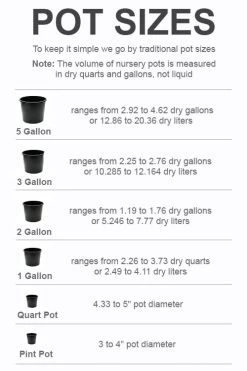
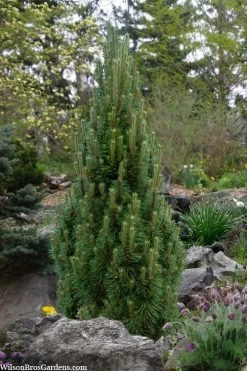
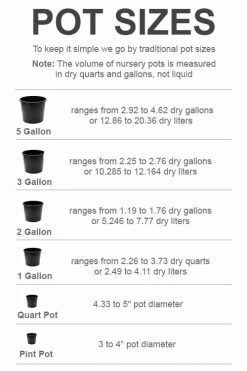

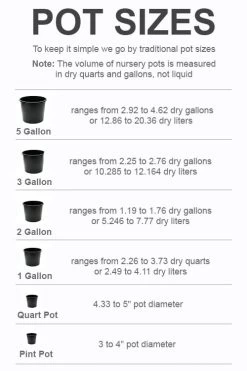



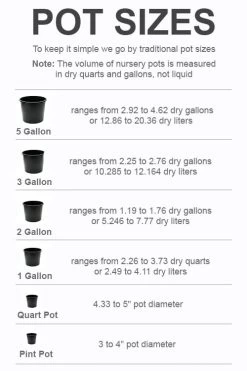
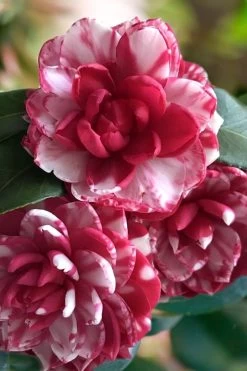




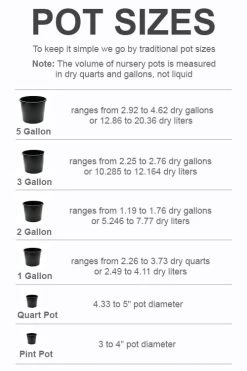
Reviews
There are no reviews yet.